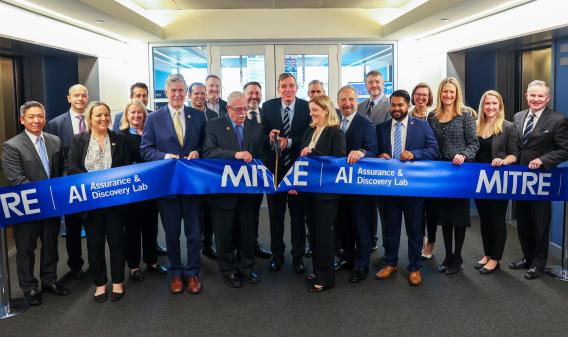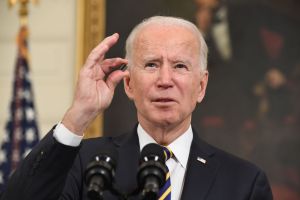NIST considers launching ‘supersized’ semiconductor manufacturing institute

The National Institute of Standards and Technology is considering whether to launch a single, “supersized” semiconductor manufacturing institute or a series of specialized ones, according to a Federal Register notice posted Thursday.
NIST issued the request for information (RFI) seeking public input on the design of any Manufacturing USA institute it launches to strengthen the semiconductor and microelectronics innovation ecosystem by addressing design, fabrication, testing, assembly and packaging needs.
Semiconductors are fundamental to emerging technologies the U.S. hopes to become the global market leader in, like artificial intelligence and quantum computing, but it accounted for a mere 11% of global fabrication capacity in 2019 — down from 37% in 1990. That’s problematic because the effects of a growing, global semiconductor shortage began to be felt by U.S. industries like the automotive sector in 2020, and Taiwan, South Korea and increasingly foreign competitor China dominate manufacturing.
Manufacturing USA’s 16 institutes are public-private partnerships aimed at improving the supply chains of distinct technologies, and they’re typically funded for an initial five years at between $150 million and $600 million. The CHIPS and Science Act signed into law in August set aside $11 billion for semiconductor research and development (R&D) and infrastructure investments, including up to three Manufacturing USA institutes to be established by NIST.
“The entire R&D program is intended to be interconnected and comprehensive, with no gaps and minimal redundancy, to position the United States for technology and workforce leadership in the semiconductor and microelectronics sector for the long-term prosperity of the nation,” reads the notice.
Outside the question of what business model the proposed semiconductor institutes should rely on, the agency wants to know what role the institutes should play:
- chip-package architectures and co-design,
- microelectronics manufacturing productivity,
- assembly and test metrologies,
- coding and system software,
- security integration into packaging,
- high-density interposers and substrates,
- chiplet-enabled trusted packaging,
- new materials,
- environmental sustainability,
- analog and gigahertz technology, and
- performance and process modeling and metrology.
Other considerations include industry and academia membership requirements, as well as foreign involvement, and financing; the law requires equal federal and non-federal coinvestment.
NIST further asks commenters to say what any institute’s relationship with standards development bodies should be and how it can grow the microelectronics talent pipeline.
Metrics will be used to gauge an institute’s performance, but what those should be are up for debate.
“What constitutes a successful first year for a Manufacturing USA semiconductor institute?” the RFI asks. “What forms of support, and from which partners, are needed to ensure a successful first year?”
Public comments are due by 11:59 p.m. EST on Nov. 28, 2022.






